Electrically conductive composites and inks
In the rapidly evolving landscape of advanced electronics, the demand for materials that offer superior electrical conductivity, flexibility, and durability is ever-increasing. Graphene, particularly in the form of reduced graphene oxide (rGO), has emerged as a transformative component in the development of electrically conductive composites and inks.
Understanding conductive inks and composites
Conductive inks are formulations infused with electrically conductive nanomaterials like graphene. These inks can be precisely printed to create intricate electronic circuits, effectively replacing traditional wiring and copper tracks. This technology facilitates the cost-effective production of flexible transparent displays, supercapacitors, and sensors.
Conductive composites, on the other hand, incorporate graphene into various matrices to impart electrical conductivity alongside enhanced mechanical properties. This integration results in materials that are not only conductive but also robust and adaptable, suitable for a wide range of applications in modern electronics.
Advantages of graphene-enhanced conductive materials
High conductivity: Graphene's unique structure allows for exceptional electron mobility, significantly enhancing the electrical conductivity of composites and inks.
Enhanced durability: The incorporation of graphene provides robustness and longevity to materials, reducing wear and tear from electrical currents.
Thin yet powerful: Graphene enables the creation of lightweight and thin devices without compromising electrical performance, making it ideal for modern, compact electronics.
Flexible and adaptable: The flexibility of graphene-infused materials allows them to be bent and integrated into various shapes without breaking, essential for applications like flexible circuits and wearable electronics.
LayerOne's expertise in graphene-based conductive materials
At LayerOne, we specialize in producing high-quality reduced graphene oxide (rGO) tailored for electrically conductive composites and inks. Our rGO offers a cost-effective and scalable alternative to pristine graphene, maintaining excellent conductivity and versatility for various applications.
Our collaboration with SINTEF, supported by funding from The Norwegian Research Council, focuses on developing innovative, scalable, and sustainable conductive inks based on rGO. These inks promise improved electrical conductivity and stability, surpassing traditional carbon-based inks and offering a less toxic and more cost-effective alternative to metal-based inks.
Conductive composites contain electrically conductive nanomaterials like graphene.
These composites provide added functionalities, including electrostatic dissipation, improved mechanical properties, and superior electrical conductivity. This technology allows for the cost-effective production of flexible transparent displays, supercapacitors and sensors.
Applications of graphene-based conductive materials
The integration of graphene into conductive inks and composites opens up a multitude of applications, including:
Printed electronics: Enabling the fabrication of flexible and wearable electronic devices through cost-effective printing techniques.
Sensors: Developing highly sensitive and flexible sensors for various industrial and consumer applications.
Energy storage devices: Enhancing the performance of batteries and supercapacitors with improved conductivity and mechanical properties.
Flexible displays: Creating next-generation displays that are lightweight, thin, and flexible, suitable for modern electronic devices.
The incorporation of graphene into electrically conductive composites and inks represents a significant advancement in material science, offering unparalleled conductivity, flexibility, and durability. LayerOne's expertise in developing high-quality rGO materials positions us at the forefront of this technological evolution, providing innovative solutions for the electronics industry and beyond.

